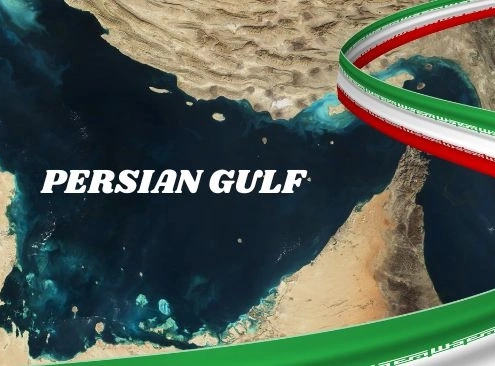
Trump Renames Persian Gulf?
/
0 Comments
During a recent publication of an Associated Press (AP) report…
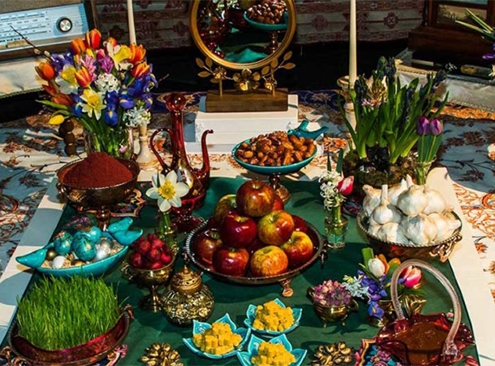
Nowruz 2025 (1404): Persian New Year (Date & Time)
A Celebration deeply connected to the history and culture of…
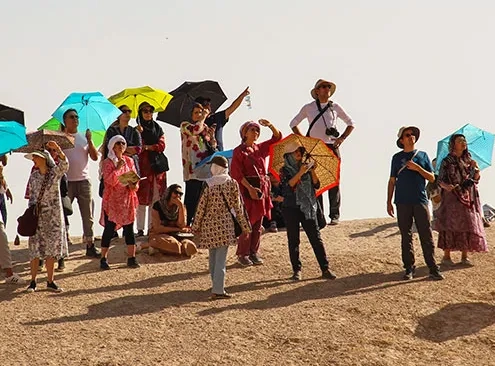
Iran War? Is Iran safe for tourists? (May 2025)
With a handful of tragic incidents happening around and inside…

Iran Passport Stamp, the Reason for Xavi’s Absence in Barcelona’s America Tour
Xavi cannot accompany his team on the trip to Miami due to his…

All About Rose Water Festival in Iran
Spring in Iran accompanies many fascinating scenes. One of these…
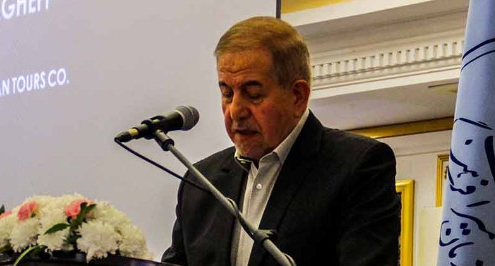
International tourists in Iran are turning to experimental and eco-tourism
Iran Doostan tour CEO, Mohammad Ali Ashraf Vaghefi, had an interview…
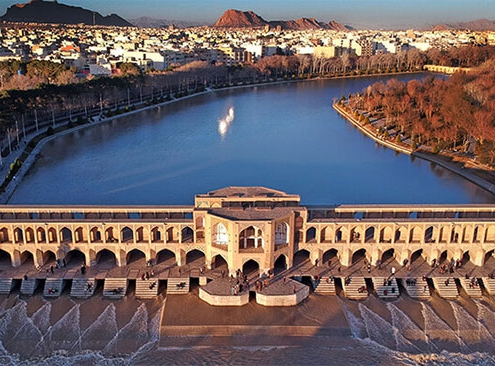
Happy World Tourism Day 2021
2021 theme of the World Tourism Day has put forward a fundamental…

UNESCO inscribed Uraman on the list of world heritage sites
Uraman Takht, the undercover gem in the heart of Iranian Kurdistan…
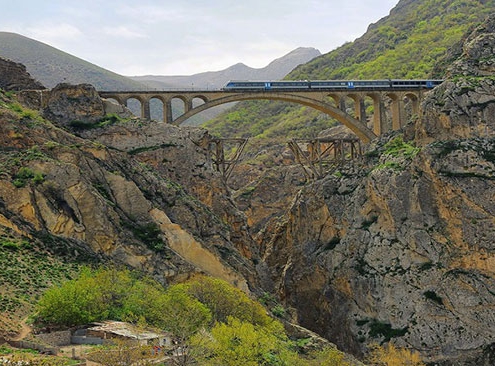
Trans-Iranian Railway Inscribed as UNESCO World Heritage
The Trans-Iranian railway was inscribed as UNESCO world heritage…
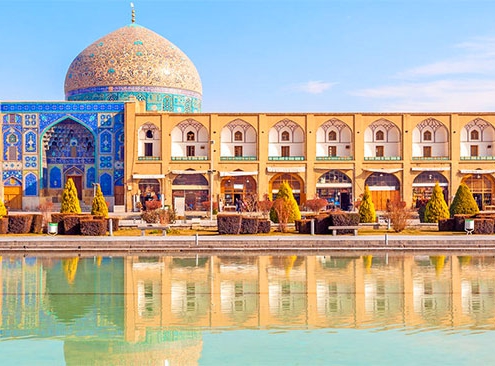
Travel to Iran in 2021 and 2022?
By the end of May 2021, about 2 billion people have been vaccinated,…
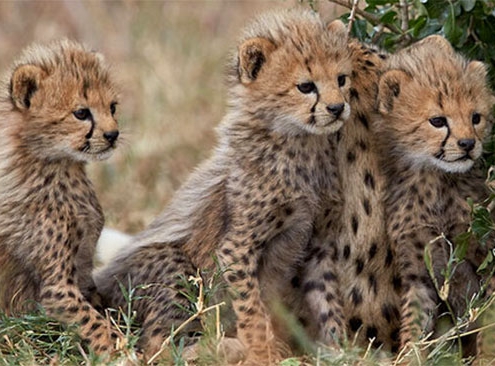
World Wildlife Day 2021: Forests and livelihoods
World Wildlife Day is celebrated annually on March 3rd; the United…

Iran started vaccination against COVID-19
We are happy to announce that, just like many other countries,…

Coronavirus in Iran: How kids are dealing with the situation?
Coronavirus in Iran has drastically changed our lifestyle for…

Iran Doostan turns to live tours during the COVID-19 pandemic
2020 has been a completely different year so far, we have had…

A farewell to the legendary singer and composer of Iran: Mohammad Reza Shajarian
Mohammad Reza Shajarian's name and contemporary Iranian music…

Coronavirus and the threats to the future of tourism in Iran
Mohammad Ali Vaghefi, the vice president of the Iranian Tour…

Solar eclipse 2020 in Iran – See the photos; how it looked like
Today, on June 21, 2020, Iran observed an annual solar eclipse…

When is Iran going to reopen borders for travellers?
On account of the COVID-19 outbreak, the Iran borders have been…


